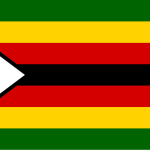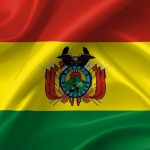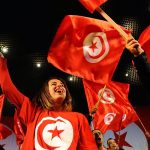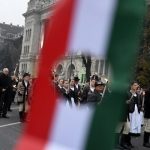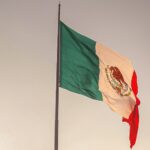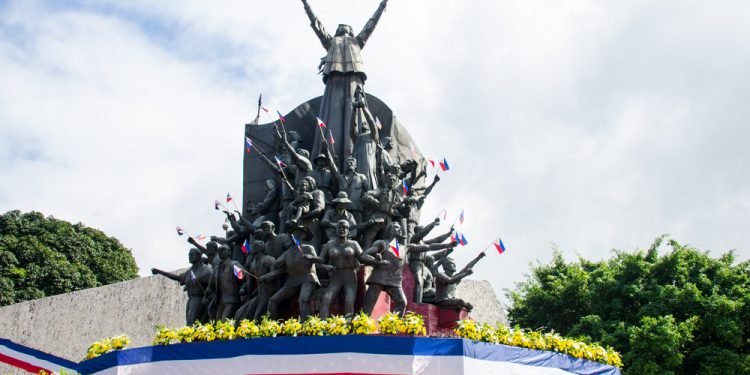
People Power Revolution Anniversary
The People Power Revolution Anniversary is a holiday and country-wide observance in the Philippines that is observed annually on February 25th. It’s a holiday that’s also known as the February Revolution or the EDSA Revolution, and it recognizes a series of demonstrations in the Philippines—concentrated mainly in Manila—that started on February 22nd and ended on February 25th in 1986.
It’s an important holiday for many Filipinos because it’s the day when democracy was restored to the country. Another name for the series of demonstrations that took place in Metro Manila was the Yellow Revolution. It was given this name due to the many yellow ribbons on display during the demonstrations.
The History Of The People Power Revolution Anniversary
In 1965, President Ferdinand E. Marcos was elected president of the Philippines after defeating incumbent President Diosdado Macapagal by a margin of 52% to 43%. Four years later, in 1969, President Marcos was reelected, this time defeating Sergio Osmena Jr. by a margin of 61% to 39%.
During his second term, there was a rise in civil unrest and crime across the country—attributed by the Liberal Party to be the result of disparities between the very wealthy and the very poor. In March of 1969, the New People’s Army, or NPA, was organized as the military wing of the Communist Party in the country.
A few years later, the Moro National Liberation Front was organized in Mindanao. Using the rising civil unrest as a justification, and barred from running for a third term as president in 1973, Marcos declared martial law through Proclamation 1081.
President Marcos then used emergency powers to give him full control of the military of the country and the authority to suppress various freedoms such as freedom of the press and freedom of speech. He also shut down media establishments that were critical of his administration and dissolved the Philippine Congress.
When this was done, he then ordered the arrest of his critics and political opponents. The ratification of a new constitution that replaced the 1935 Commonwealth-Era constitution went into effect in 1973, and this changed the government from a presidential system to a parliamentary one.
These changes and the jailing of political opponents would allow Marcos to remain in power for the next 14 years. In 1981, the Philippine economy began to decline, and by 1984 and 1985, the Philippines was in the worst recession of its history. In 1986, between February 22nd to 25th, The People Power Revolution fought against the violence of the regime and the rampant electoral fraud.
Huge groups of people, many of them from Manila, began to stage a revolution on the streets of the city. This revolution would lead to the crumbling of the government that many people viewed as evil and corrupt and also led to President Ferdinand Marcos fleeing the country.
People Power Revolution Traditions & Customs
The People Power Revolution Anniversary is a school holiday in the Philippines, so schools are closed on this day. However, businesses and many government offices remain open on this day.
Many people will also wear yellow on this day because it was the official color of the LABAN Party – the party that challenged the government during the revolution. It’s also common for people all over the Philippines to attend church masses and various concerts.

